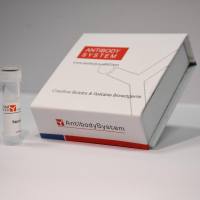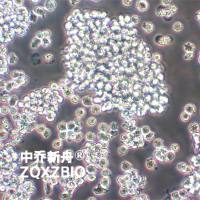In Vivo Functional Brain Imaging Using a Genetically Encoded Ca2+-Sensitive Bioluminescence Reporter, GFP-Aequorin
互联网
826
In experimentally amenable organism models, several different physiological techniques have been developed to functionally record the neuronal activity, with the goal to map the neuronal circuitry and elucidate the neural code underlying major neurophysiological functions, such as olfaction, vision, learning and memory, sleep, locomotor activity, to name but a few. Apart from electrophysiological approaches, the main approach is optical imaging, principally based on the detection of changes in calcium concentration using fluorescent probes/sensors. The first generation of sensors was based on detecting calcium activity using fluorescent dye markers. The second generation, based on the development of genetically encoded fluorescent probes has allowed to precisely target the neurons of interest. However, because all of these approaches based on fluorescence require light excitation, deep structures of the brain still remain difficult to record. This means that the development of other alternative or complementary techniques is still worthwhile. Recently a novel bioluminescence approach has been developed, allowing to functionally map, in vivo, neuronal activity and circuitry. The aim of this chapter is to describe detailed protocols, from the genesis and the use of the GFP-aequorin probe, the setup, the recording and the analysis methods to perform in vivo functional brain imaging in Drosophila . Some original results that have been revealed by this new approach are also presented as well as discussion about the biological signification of the detected and recorded Ca2+ -activity. Finally, advantages and constraints of using this approach compared to others are discussed.









